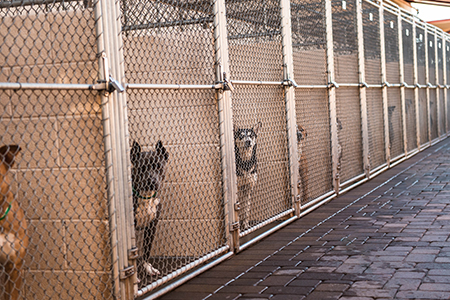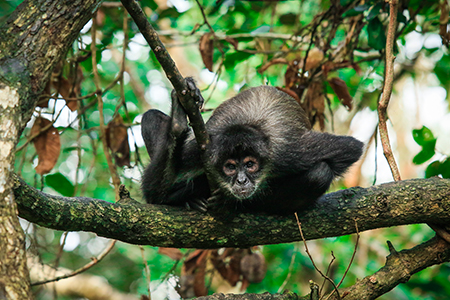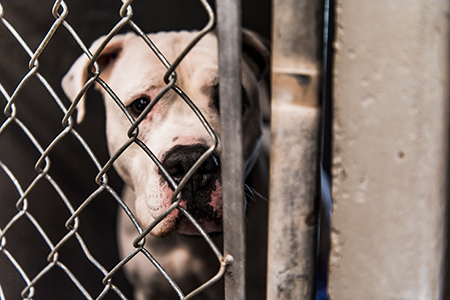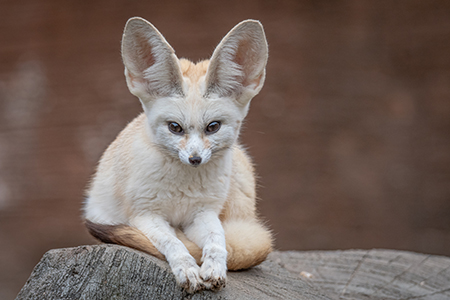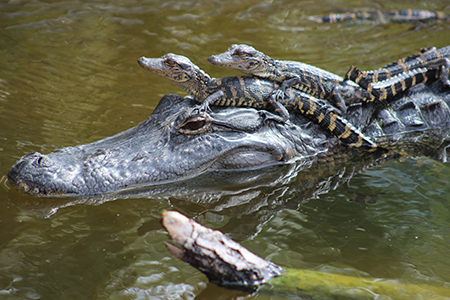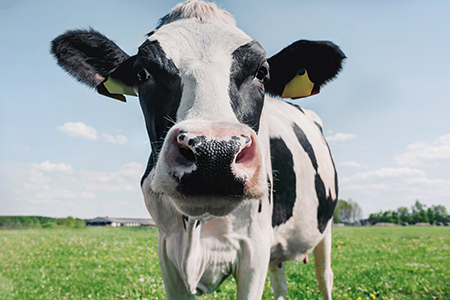 Uncategorized
Uncategorized  No Comments
No Comments Animal Shelter Faces Predicted Crisis
Would you work 12-16 hours a day for non-responsive management, flailing about in a near-constant state of catch up, while fielding abuse and threats from the public – all while making about $13.50 an hour? You might tolerate working conditions like this for longer than you’d expect if you are passionate about animal rescue, but we all have our breaking points. This is what happened last month at the famously troubled Las Vegas animal shelter, The Animal Foundation: eight employees walked out in protest, forcing the shelter to temporarily close. To paraphrase one of the former employees, “Why do the jobs of three people when there are help-wanted signs down the street offering $5 more an hour?”
Of course, nobody expects – or should expect – to get rich working at an animal shelter, and the last year has been especially hard on shelter animals and workers in numerous locales across the country; the situation in Las Vegas is just a particularly rough and well-publicized example. However, it is worth pointing out that there were multiple dire signs (as there often are) prior to the walkout. Last July, for example, The Animal Foundation’s former COO submitted a report that the shelter’s staff was nearing their breaking point and would leave without improvements in conditions and pay. The COO was fired days later, and the walkout occurred as prophesized. Meanwhile, the shelter’s CEO acted surprised and “shattered” after the walkout, despite presumably being aware of employee complaints and the COO’s report. With so many warnings and several months to work toward a solution, this does seem like a crisis that could have been averted.
Resources
★ Employees walk out on The Animal Foundation to protest ‘appalling’ conditions
★ Animal shelter puts the muzzle on taking in stray dogs
